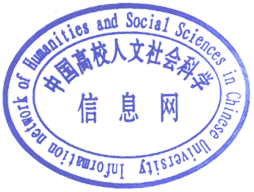关 键 词 :技能溢价 工资差距 互联网 技能偏向性技术学科分类:经济学--劳动经济学
在互联网技术快速发展与技能溢价不断扩大的背景下,本文基于技能偏向性发展理论,通过CFPS2010、CFPS2014和CFPS2018构建混合截面数据和平衡性面板数据,利用分组回归和面板双向固定效应方法,探究互联网使用对技能工资差距的影响。研究发现互联网的使用会进一步扩大高低技能群体的工资差距,且对中低收入群体的技能工资差距影响更大,并可能进一步扩大了城乡和区域间的收入差距。互联网技术对技能工资差距的扩大效应可能是由于不同技能群体在互联网信息的利用效率上存在差异,高技能群体更擅长通过互联网获取有效信息和提升自己在劳动力市场的议价水平,进而获得更高的收入和晋升机会。
In the context of rapid development of Internet technology and expanding skill premium, this paper researches the impact of Internet use on the skill wage disparity based on skill-biased development theory. Constructing mixed cross-sectional data and balanced panel data through CFPS2010, CFPS2014 and CFPS2018, and using group regression and panel two-way fixed effects methods, research finds that Internet use further widens the wage gap between high and low skill groups and has a greater impact on the skill wage gap for low- and middle-income groups, and may have further widened the income gap between rural and urban areas and regions. The widening effect of Internet technology on the skill wage disparity may be due to differences in the efficiency of Internet information use among different skill groups, with higher-skilled groups being better at obtaining effective information and improving their bargaining power in the labor market through the Internet, and subsequently obtaining higher earnings and promotion opportunities.

